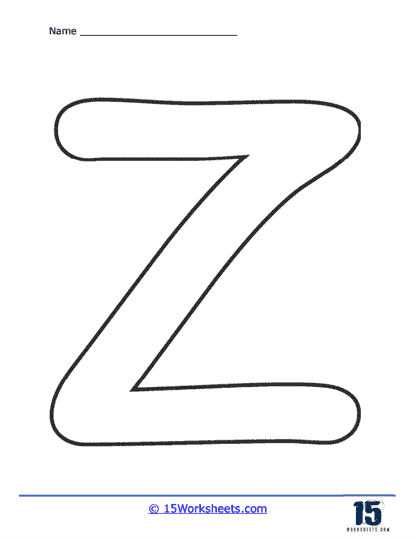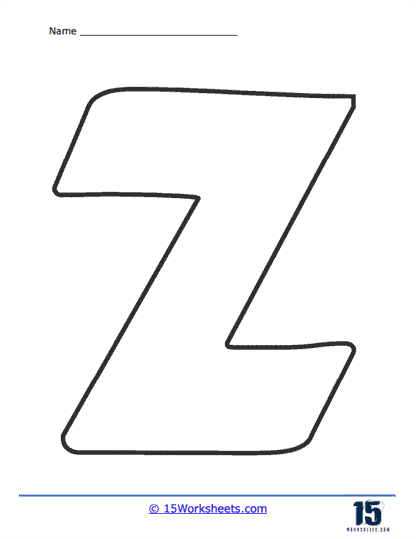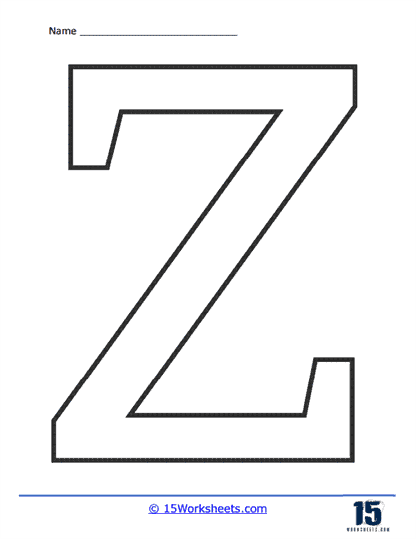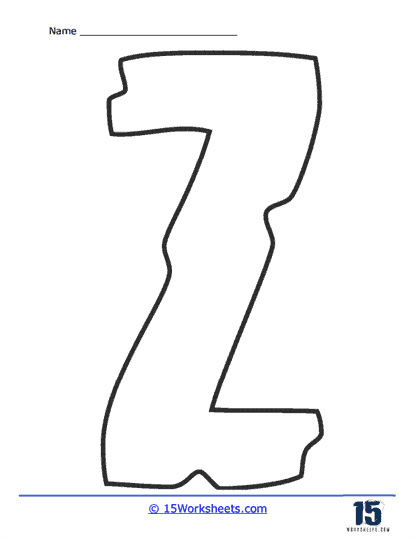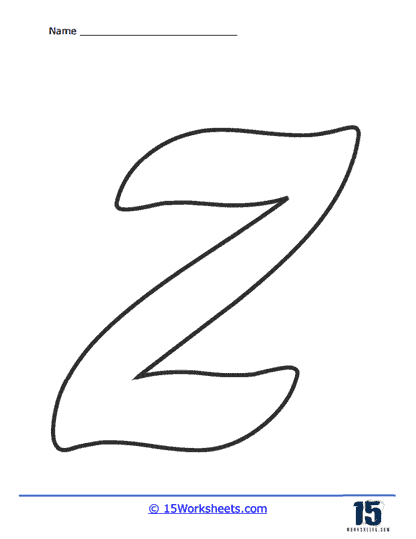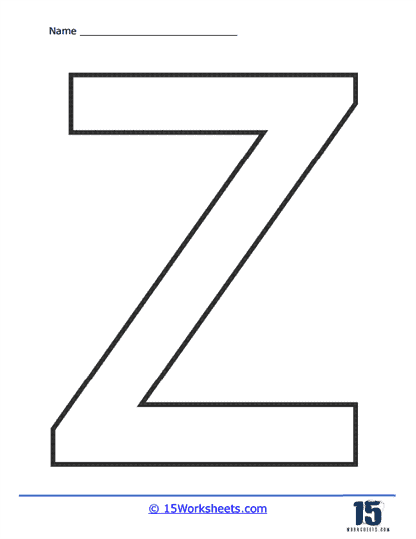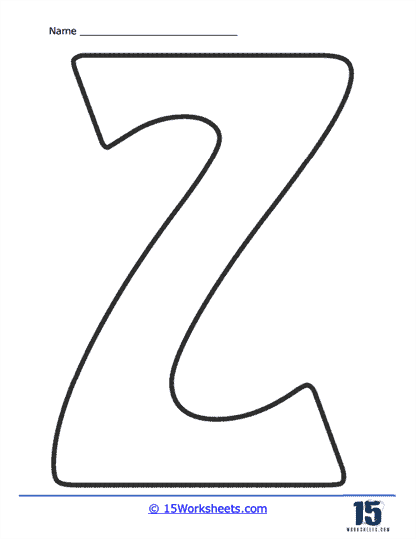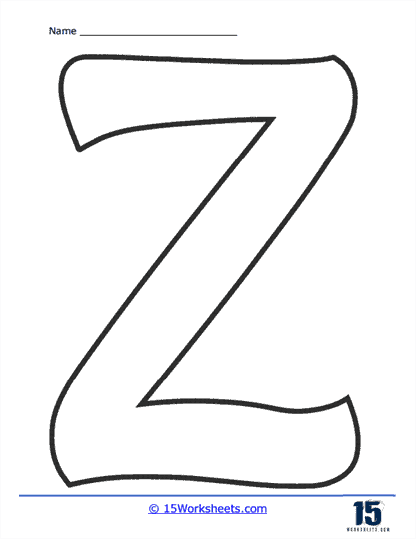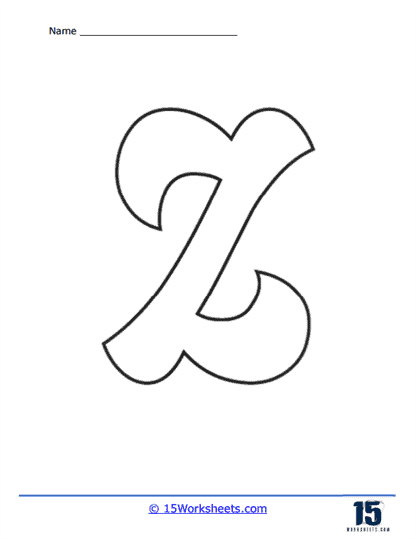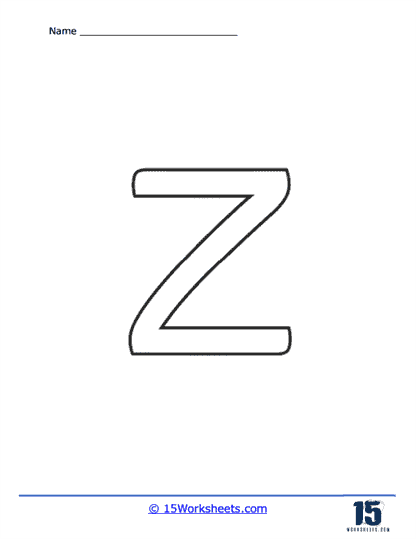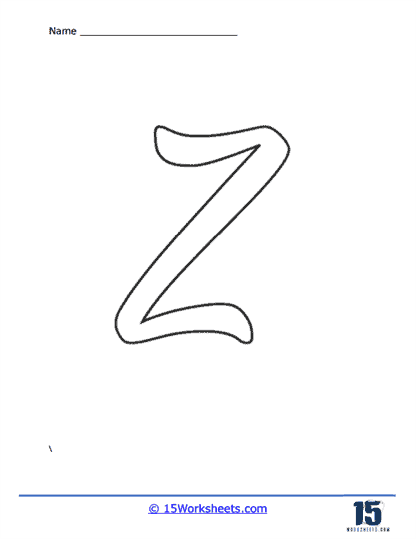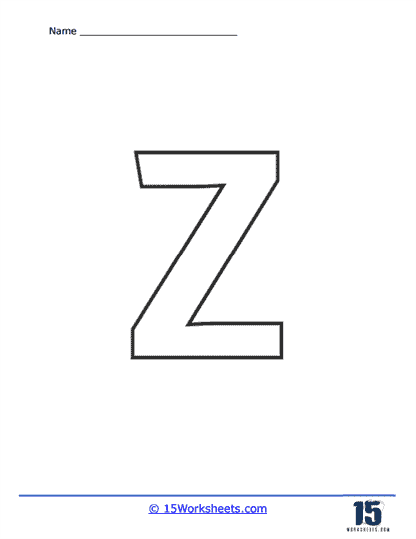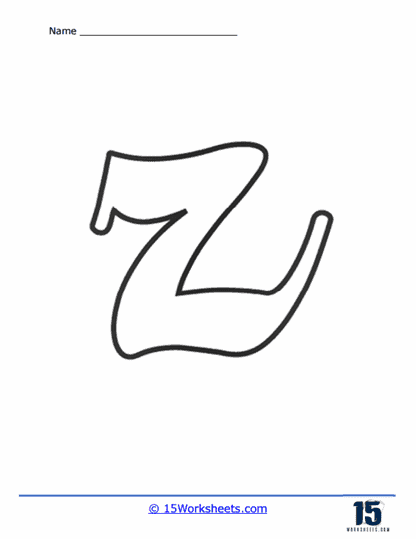Bubble Letter Z Worksheets
About These 15 Worksheets
In essence, the journey of acquainting oneself with Z, with its zigzags and nuances, is emblematic of the broader adventure of learning- punctuated with moments of challenge, but infinitely rewarding. With resources like Bubble Letter Z worksheets, educators can ensure that students not only recognize the letter Z but also embrace it, appreciating its unique place in the alphabet tapestry. As they color, trace, and engage, the Z ceases to be just another letter; it becomes a symbol of the zest and zeal inherent in the learning journey.
Positioned at the tail end of the alphabet, the letter Z boasts a distinctive charm. Bubble Letter Z worksheets stand as a testament to innovative teaching tools designed to demystify this character, offering students a chance to delve deep into the nuances of this zigzagged gem.
At first glance, the formation of the letter Z, whether in uppercase or lowercase, might appear straightforward— a couple of horizontal lines bridged by a diagonal. But herein lies the subtlety that often confounds young learners. The letter demands straightness and symmetry. The top and bottom lines of the uppercase Z must be parallel, while the diagonal needs to connect them with precision. The lowercase “z” mirrors this challenge on a smaller scale, with the added complexity of fitting within standard handwriting guidelines, ensuring that it neither floats above nor plunges below the expected space. Such requirements make it evident why students find Z’s structure both intriguing and, at times, perplexing.
Bubble Letter Z worksheets emerge as an effective antidote to these challenges. Engaging in tracing activities allows students to grasp the Z’s structure in a tactile manner. As fingers glide over the bubble contours, learners can feel the transitions between the straight lines and diagonal, making sense of the angles and intersections. This physical interaction assists in cementing the form in their muscle memory, setting the stage for independent writing. Coloring further augments this process. Filling in the bubble Z offers learners a leisurely yet purposeful opportunity to engage with the letter. This sensory-rich exercise not only deepens their association with Z but also refines their motor skills, establishing a strong foundation for subsequent writing endeavors.
Incorporating vocabulary into these worksheets can offer a richer context. Words like “zebra,” “zucchini,” “zero,” and “zephyr” come to life when juxtaposed against the bubble Z. When learners engage with these words, they not only reinforce the visual form of the letter but also its phonetic sound and its practical application in language.
To understand the occasional trepidation associated with the letter Z, one must appreciate its rarity in daily usage compared to other letters. Moreover, its zigzag formation, while seemingly simple, demands a finesse that can be elusive for beginners. Yet, with tools like the Bubble Letter Z worksheets, what was once an enigma transforms into an accessible and enjoyable learning experience.



